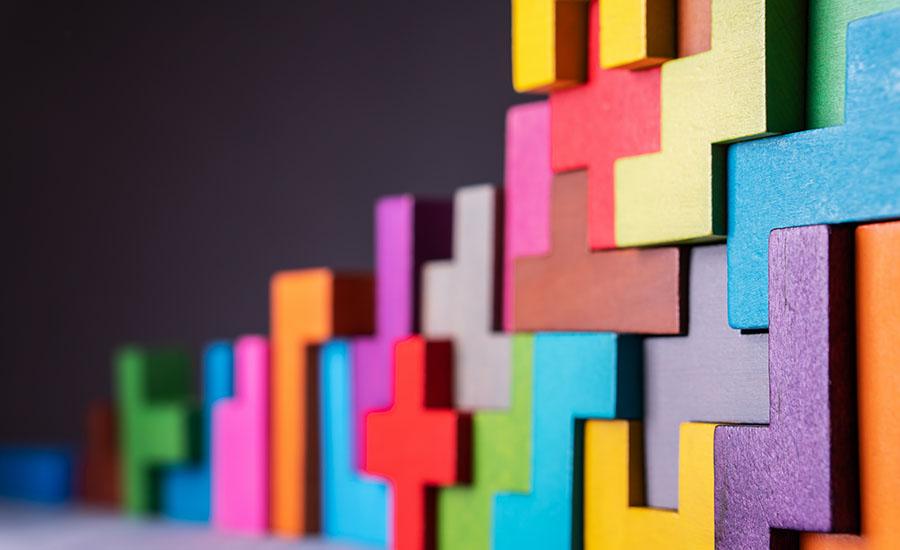
Grades:
7th Grade, 8th Grade
Summary: In groups students will construct a Rube Goldberg device made completely out of found objects that includes at least 5 simple machines and students will identify the energy transformations



